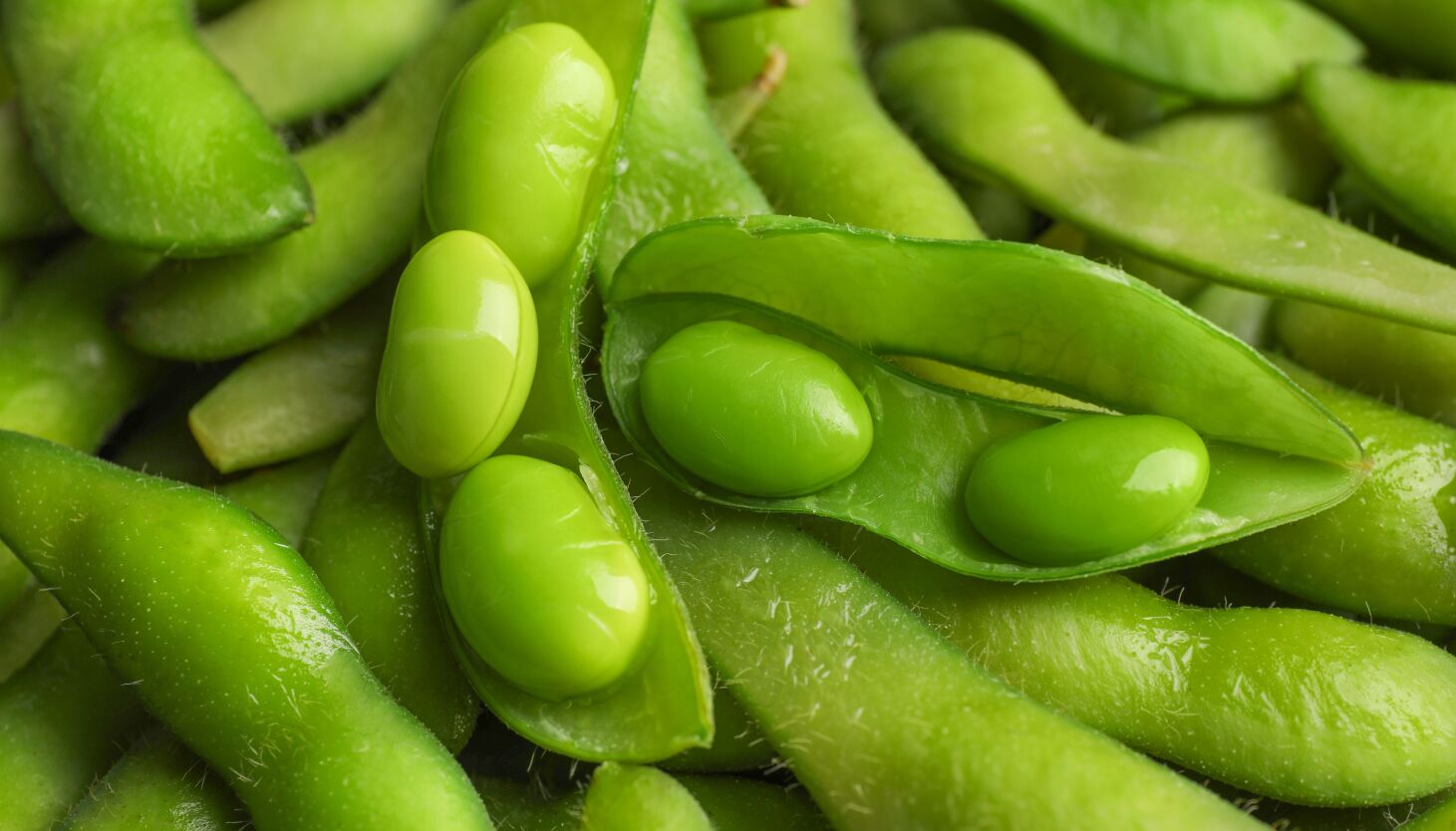Once enjoyed only at the Japanese sushi bar, edamame has found its way into mainstream American meals, serving up fresh flavor and big nutrition.
Soybeans originated in Southeast Asia and were first cultivated by the Chinese as early as 1100 BC. It didn’t take long for the world to catch on to this versatile crop used for everything from animal feed, automobile production and, of course, as a culinary ingredient. Soy sauce, tofu and myriad other familiar forms of the soybean begin as a simple, fresh, green plant seed known as edamame.
Edamame — which means stalk beans or branch beans in Japanese — refers to green soybeans, either shelled or still inside the pod. They’re different from other soybeans because they are fresh, not dried.
Fresh or dried, these legumes are traditional features of the diets of Japan, China and Korea. The United States is the largest soybean grower, though mostly for processing into animal feed and soy oil.
Consumed in their whole, fresh or dried forms, soybeans contain a bounty of vitamins, minerals and nutrients. A one-cup serving has just 189 calories but still packs a hefty 32% of the daily value of dietary fiber, 34% of protein and 121% of the B vitamin folate.
Many of soy’s health benefits are attributed to isoflavones, a type of phytoestrogen that has been researched for its benefits for heart health, bone health and osteoporosis, certain cancers and hot flashes in postmenopausal women.
While some previous studies showed concern over soy intake and breast cancer risk, newer research has been more favorable. According to the American Institute for Cancer Research, consistent findings indicate no increased risk of soy intake for breast cancer survivors. Despite three decades of research on soy, evidence remains inconsistent and often conflicting in many of the areas, including osteoporosis and cognitive function.
Fresh soybeans can be found in the produce and refrigerated section of Asian, natural foods stores and many grocery stores.
Firm, deeply green, unbruised pods will produce the best quality beans.
Frozen edamame that already has been boiled or steamed is available year-round.
Refrigerate fresh beans up to two days and frozen beans up to three months.
It can be an appetizer eaten from the pod, shelled as a complement to a side dish, blended into a hummus dip or used as a nutritious garnish for soups, salads and entrees.
Environmental Nutrition is an independent newsletter written by nutrition experts.
